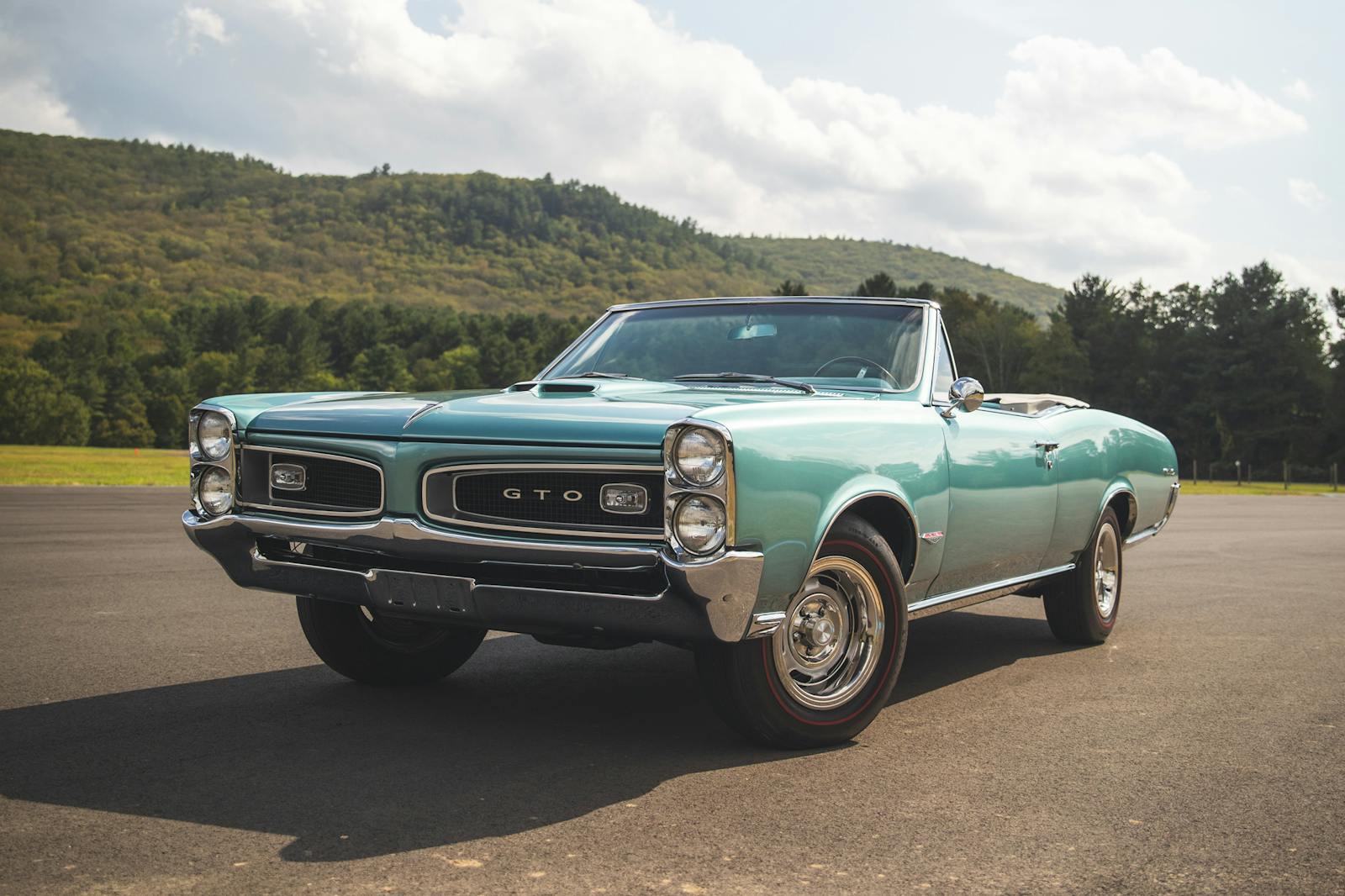5 underappreciated ’80s and ’90s cars
With all the talk about modern classics—youngtimers, Radwood cars, whatever you want to call them—collector cars from the 1980s and 1990s are clearly having their day. This trend has been taking shape for a few years now, and Hagerty’s valuation experts have observed cars from these two decades making the biggest moves.
Many such vehicles have been making that all-important transition from used car to collector car, but some haven’t yet gotten their due. These underappreciated cars perhaps live in the shadow of another one, or they may have just gotten lost in the frenzy, but these five classics have us asking, “Why aren’t these more expensive?”
1990–93 Lotus Esprit Turbo SE

Let’s go back to the early 1990s in order to compare a four-cylinder Esprit Turbo SE with, say, a contemporary Porsche 964 Carrera 2. The Esprit is more powerful, with 264 hp compared to the Porsche’s 247. At less than 2900 pounds, it’s lighter as well. It’s way rarer, too, with just 1608 Turbo SEs built from 1990–93 compared to over 18,000 Carrera 2 coupes. And yet it’s worth just $34,100 in #2 (Excellent) condition, over 10 grand less than the 911. It’s worth about half as much as an Acura NSX of the same era.

While the Lotus’s #2 value is up 15 percent over the past five years, the Carrera 2 coupe has more than doubled and the Acura is up 60 percent. Sure, the Lotus isn’t as refined as the other two, and there’s that tired old joke that Lotus stands for “Lots Of Trouble, Usually Serious,” but the fact that a machine with exotic car looks, exotic car performance, and a well-known badge can be had for so much cheaper than its rivals continues to surprise us.
1991–96 Dodge Stealth R/T Turbo

The Dodge Stealth was one of the better results of that famous fling between Chrysler and Mitsubishi: Diamond Star Motors. Unlike other Diamond Star cars, though, the Stealth didn’t roll out of the factory in Normal, Illinois. It came from the Mitsubishi plant in Okazaki, Japan, built alongside the Mitsubishi 3000 GT. And aside from badges and some styling cues, the Dodge and the Mitsubishi were nearly identical, with almost all the engineering and design work coming from the Japanese.
That was a good thing. Even during a golden age for Japanese performance cars, the top-spec versions of the 3000 GT/Stealth stood out as technical marvels with their all-wheel drive system, four-wheel steering, and twin-turbo 300-plus-horsepower V-6s. Testing a Stealth on Chrysler’s test track, Car and Driver gushed about how, “transmitting its power through all four wheels, the Stealth simply exploded from corner to corner on the series of short straights.” In both performance and price, the 3000 GT VR4 and Stealth R/T Turbo were competitive with rivals like the Toyota Supra, Nissan 300ZX, and Mazda RX-7 back when all of them were the freshest, most exciting things coming out of the Land of the Rising Sun.
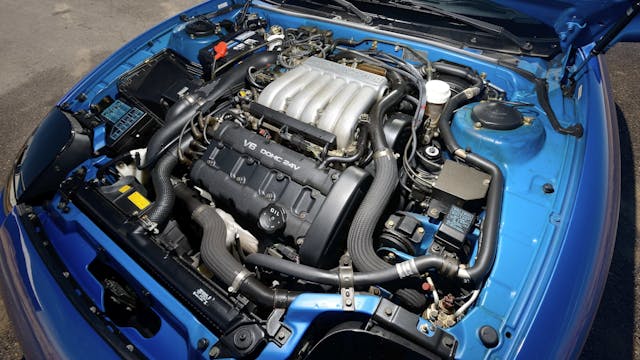
The Toyota, Nissan, and Mazda have been darlings of the collector car market for several years now, but the Mistubishi has been curiously quiet. And the Dodge? Crickets. The median condition #2 (Excellent) value for a Mk IV Supra Turbo is $88,000 (up 54 percent over the past five years) and especially clean cars have sold for six figures. The RX-7 carries a condition #2 value of $44,500 and has seen even more spectacular growth, up 166 percent since late 2015. The 3000 GT VR4 ranges from $23,000 to $26,900 in #2 condition and has seen some appreciation over the past year, but the Stealth R/T Turbo is worth just $17,000 in #2 condition. Remember, the Mitsubishi and the Dodge are mechanically identical and look almost exactly the same.
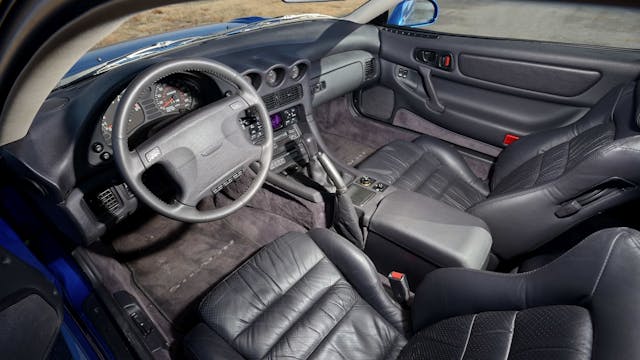
These cars are complex, and when complex cars get cheap, maintenance starts to fall by the wayside. The truth is that there are not a wide selection of nice examples out there. The Dodge also suffers from something of an identity crisis. It’s a Dodge with an R/T badge, something that harkens back to the days of high-impact paint and Hemis, but it was built in Japan and packed full of gadgets at the same time Dodge was coming out with that all-American sledgehammer: the Viper. Even so, given the big value swings among the other ’90s Japanese performance greats, we would have thought more people would be turning to these badge-engineered beauties by now.
1987–88 Ford Thunderbird Turbo Coupe

Given how popular Fox-body Mustangs have become in the hobby, it’s easy to forget that there were tons of other cars built on Ford’s “Fox” platform from 1977-93. The seventh-gen Lincoln Continental, the Mercury Capri and Cougar, and the Ford Thunderbird all rode on the Fox platform as well. Despite the Mustang’s rise, not to mention the popularity of other ’80s factory turbos like the Buick Grand National, the other sport Fox-bodies are still relatively and surprisingly cheap.
The ninth generation Ford Thunderbird, aka the “Aero Bird,” debuted for 1983, and although it was available with a 302 V-8, the sporty version was the Turbo Coupe that came with Ford’s 2.3-liter turbocharged four. The best and most popular Turbo Coupes came in 1987, when Ford spent millions refreshing the T-Bird lineup from the beak back.
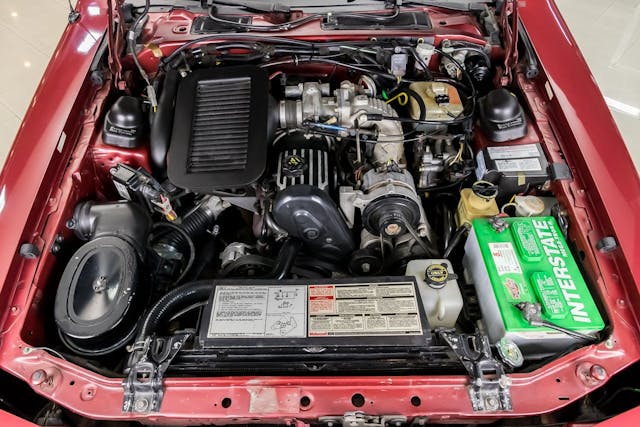
The Turbo Coupe got new NACA duct-style hood scoops that fed a new intercooler, and power was up to 190 horsepower and 240 pound-feet of torque. The V-8 T-Bird made just 155 hp. Motor Trend named the ’87 Turbo Coupe its Car of the Year and about half of the 130,700 Thunderbird Turbo Coupes ever made came in that 1987-88 window. Yet despite those ’80s aero looks, punchy rear-drive turbo performance, and available 5-speed, they’re still somewhat obscure. A late Thunderbird Turbo Coupe in #3 (Good) condition is worth about the same as an SVO Mustang in #2 (Excellent) condition, despite the two having essentially the same powertrain. In fact, a Turbo Coupe in #1 (Concours, or best-in-the-world) condition is worth just 20 grand according to our own current data.
1986–92 Mazda RX-7

After a successful seven years with its race-winning, rotary-powered RX-7, Mazda refreshed its two-seater for 1986. The styling aped the Porsche 944, but it also brought mechanical and performance updates. The first gen’s solid rear axle gave way to true independent rear suspension, and the 13B rotary engine’s output was up to 146 hp, or an impressive 182 hp with a new optional turbocharged model. A convertible was available from 1988–91 and was the only drop-top RX-7 ever offered. While popular, the RX-7 saw sales dwindle as enthusiasts fell head over heels for the Miata after 1989, so Mazda then took the RX-7 upmarket with the far more complex, exotic, and expensive third generation RX-7 in 1992.

Despite its improvements over the original RX-7, the second gen cars seem somewhat forgotten, stuck as the middle child between the groundbreaking original and the faster, sexier third gen cars. While median #2 condition values are up 90 percent over the last five years for 1979–85 RX-7s, they’re up just 11 percent for the 1986–92 cars. Earlier cars are also worth between a few hundred dollars and 4 or 5 grand more than a second-gen car, and we already saw earlier this month that people are willing to pay 50 grand for a first-gen RX-7 if it’s clean enough. Not so with the middle generation RX-7s; if rotary performance intrigues and you’re on a budget, we think the 1986–92 version is great bang for the buck.
1992–96 Chevrolet Corvette
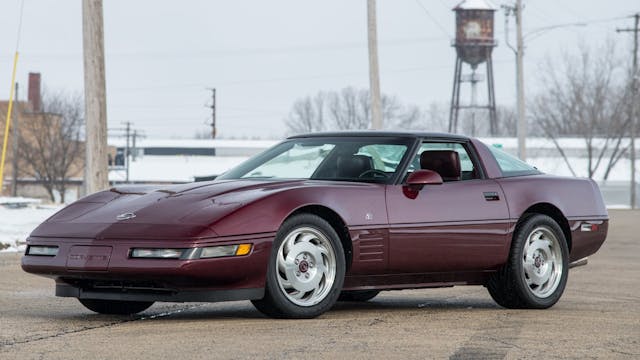
A 300-horsepower small-block LT1 V-8, rear-wheel drive, fat performance wheels and tires, an available ZF six-speed manual, and one of the most famous names in the business can be had for cheap. The 1992–96 Corvettes, which are the best of the C4 generation that don’t wear a ZR1 badge, range from only around 8 to 10 grand for a car in #3 condition to the mid-teens for cars in #2 condition. Occasionally, later convertibles squeak by at over 20, but a price in the very low five figures is typical for good C4s.
C4s do have their quirks. They’re hard to get in and out of. There are the gremlins that plague the LT1 engine’s OptiSpark ignition. And then there are the dreaded creaks and rattles, which only get louder when you take the roof off of a coupe. C4s, even the much improved later cars, also live in the shadow of C5s, which are objectively better cars in almost every way and aren’t all that much more expensive.
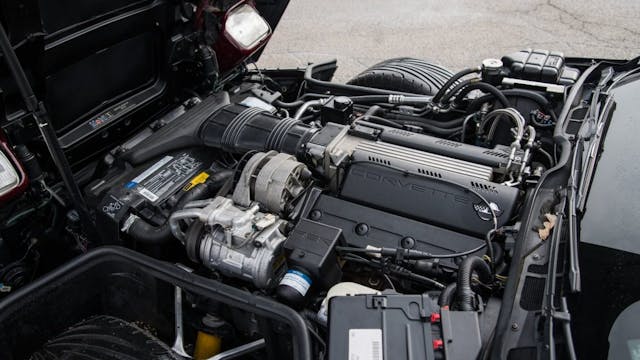
We still think C4’s underappreciated, though. Performance-wise, the C4 compares with cars like the Nissan 300ZX Turbo and Porsche 944 Turbo but is significantly cheaper than both. Those cars are rarer, to be fair, so let’s look at what Fox-body Mustangs are doing lately. The #2 values for most later V-8 Fox-body Mustangs have more than doubled over the past 10 years, while the median #2 value for 1992-96 Vettes has actually decreased by $2400. Today, a 1990 Ford Mustang GT hatch carries the exact same $16,300 #2 value as a 1995 Corvette coupe despite the Vette’s 75 extra horsepower and (arguably) much better looks. Can we get some love for America’s sports car?
Like this article? Check out Hagerty Insider, our free e-magazine devoted to tracking trends in the collector car market.


